Fix: High CPU Usage By IAStorDataSvc
IAStorDataSvc is the name of the service, which translates to Intel Storage Data Service, used by the Intel Rapid Storage Technology that comes installed by default on most modern operating systems. This process is harmless and designed to provide you with faster access to your frequently used programs and applications by automatically saving them to your SSD (if you have one), while maintaining access to your Hard Disk Drive’s capabilities. In essence, it allows you to use both the SSD and the HDD. Intel’s Rapid Response Technology, a feature of Intel’s Rapid Storage Technology, functions similarly to a master-slave database for more rapid access. This is primarily used in enterprise and server scenarios, so its uninstallation or non-use would be acceptable for a home user. SSDs themselves are notably speedy, regardless of whether their capacity is small or large.
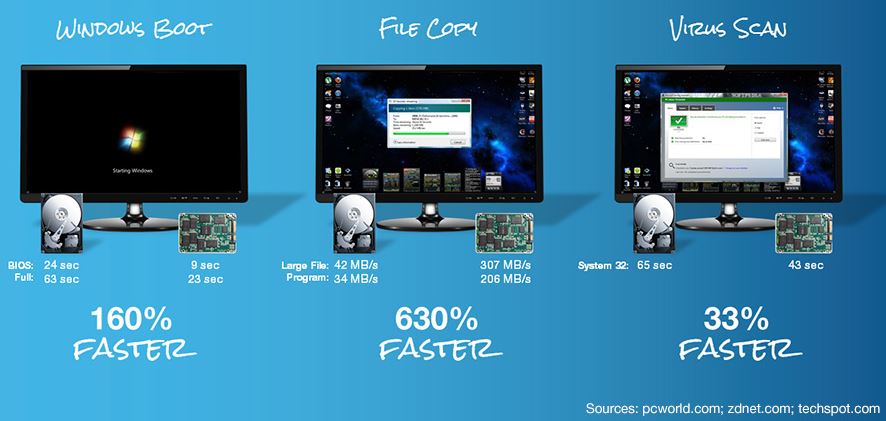
Now, since we know what they do, and the choice is ours whether to keep it or lose it, the questions emerge: why is IAStorDataSvc consuming more CPU than it should? This is because the technology is designed to save too. It caches your frequently used programs, and there’s a lot to it: it may be building its cache index, clearing the cache, or upgrading the cache to save any new information. Some users have also reported that the Intel Rapid Storage app might cause a blue screen in some cases. If you decide to keep it, let this process run for a couple of hours. If it still doesn’t fix the problem, then uninstall it and reinstall it. If you decide to uninstall it or stop the process, then that process is easy to do.
I decided to keep it, so how do I fix the High CPU Usage?
Method 1: Uninstall Intel Rapid Storage Technology
Hold the Windows Key and Press R. Type appwiz.cpl and Click OK.

In the list of installed programs, locate Intel Rapid Storage Technology, double click on it and choose Uninstall.
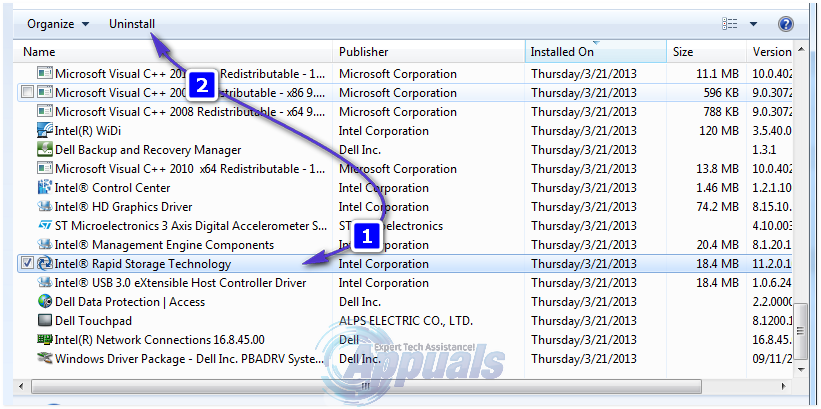
After it has been uninstalled, reboot your computer and return to this page (bookmark it). Next, click ‘Here’ to proceed to the download page for Intel Rapid Storage Technology. Choose your operating system to list the appropriate downloads for your version of Windows, then download, run, and install. This should resolve the issue.
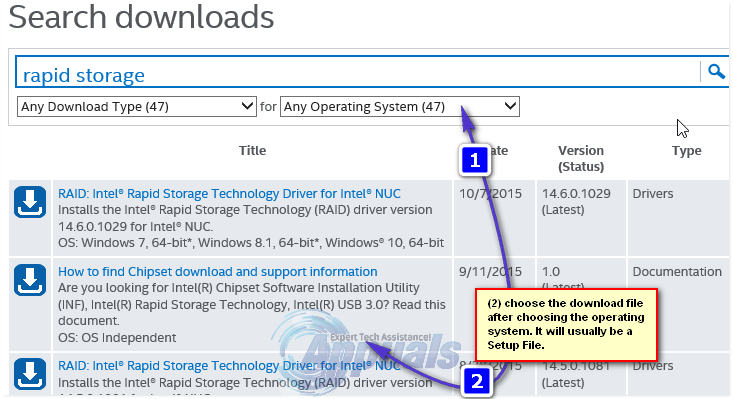
You can also hop over to the manufacturer’s site for your system to get the drivers if you cannot figure out which one to use. The manufacturer’s download section for your product should list them specifically, since they know how the system is configured.
Method 2: Stopping the Intel Rapid Technology Service.
Each process running on your computer, as well as almost every system application installed on it, has its own service operating in the background that facilitates its operation on the system. Therefore, in most cases, disabling the service associated with a program can prevent it from running on the computer. In this step, we will stop this service and then check if doing so resolves the issue. To do this:
- Press “Windows” + “R” to open the Run prompt.
- Type in “Services.msc” and press “Enter” to launch the service management window.

Run dialog: devmgmt.msc - In the service management window, right-click on the “IAStorDataSvc” or “Intel Rapid Storage Service” from the list of installed services and select the “Properties” option.
- In the service properties, click on the “Startup Type” dropdown and select “Disabled” from the list.
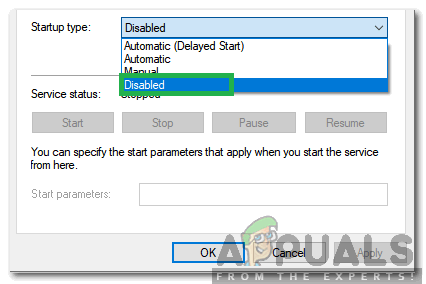
Changing Startup Type to Disabled - Click on the “Stop” button to prevent the service from running and then click on the “Apply” button.
- Click on ‘OK’ and close out of the window.
- Now, check to see if the high usage from the application comes back,
Method 3: Perform a System Scan
In certain situations, it is possible that your system has been infected by malware or a virus attack. Some viruses, disguise themselves under the names of system applications so that they are not easily detected by manual checking and so that they can run in the background without interruption from the user. Therefore, in this step, we will be performing a system check using the Default Windows Defender and check if anything is wrong.
- Press “Windows” + “I” to open the settings.
- Click on the “Update and Security” option to launch the security settings.
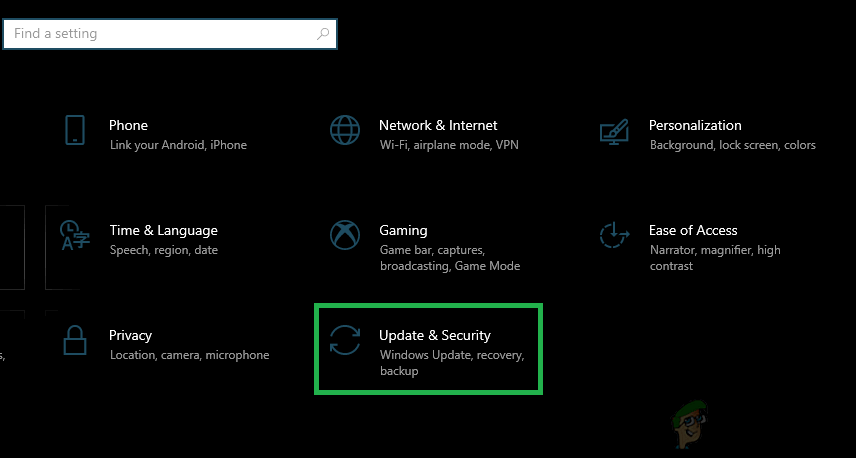
Clicking on the “Update and Security” option - In the security settings, click on “Windows Security” from the left side.
- In Windows Security, click on the “Virus and Threat Protection” from the main screen.
- In the next window, click on the “Scan Options” button and then check the “Full Scan” option.
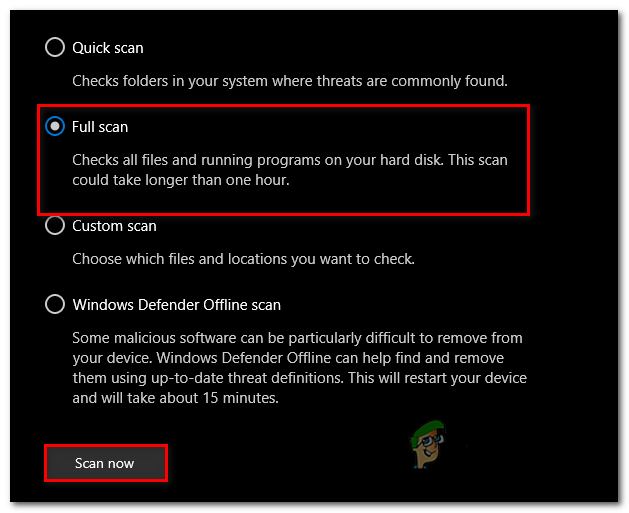
Doing a full scan with Windows Defender - Click on the “Scan Now” button to initiate the scan and let Windows Defender go through the system files to find any failures.
- Wait for the scan to finish and then check to see if it finds any deformities on your computer.
Method 4: Run an Antivirus Scan
It is possible that the default Windows Defender might not have acquired all the latest virus definitions and updates that are needed to properly isolate viruses and malware on your computer. Therefore, in this step, we will be using the Microsoft Security Scanner to check for any viruses on our computer. For that:
- Launch your browser and navigate to this link.
- Download the version of the application that matches the architecture of your operating system.

Download the proper software - After the download finishes, run the executable and let it run a scan on your computer.
- Follow the on-screen instructions to complete the scan and check to see if the issue still persists.
Method 5: Changing BIOS Settings.
In certain situations, the issue might be resolved by reconfiguring some settings in the computer’s BIOS. The BIOS controls the mode in which your storage devices function, and if a specific mode that is not properly compatible with the hardware installed on your computer has been selected, you might observe high CPU usage while trying to use it. To fix this issue, follow these steps.
- Restart your computer and wait for it to completely turn off.
- When the computer starts booting up, press the “DEL”, “F12”, or “F11” keys to access the computer’s BIOS, depending on your motherboard.
- Once in the Bios, navigate to the Storage section and look for the “Configure SATA As” or “SATA Mode” option.
- Click on this option and select the “AHCI” mode from the list.
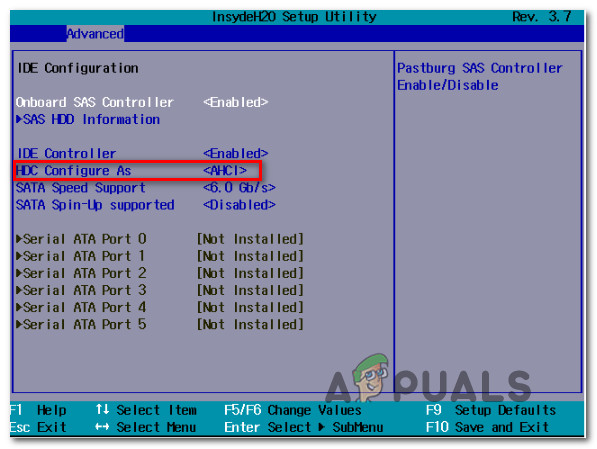
Changing the HDC Configuration of IDE to AHCI - Save the changes that you have made inside your Bios and restart your computer.
- Upon booting into Windows, check to see if making this change fixes the situation.
Method 6: Ending Tasks from the Task Manager.
A rather straightforward, albeit temporary, solution to this issue is simply to end the problematic process via the Task Manager, should it begin to consume an excessive amount of resources on your computer. However, it’s essential to remember that this does not permanently prevent the process from restarting, and the remedy may indeed be temporary. Therefore,
- Press “Windows” + “R” to launch the Run prompt.
- Type in “taskmgr” and press “Enter” to launch the Task Manager.
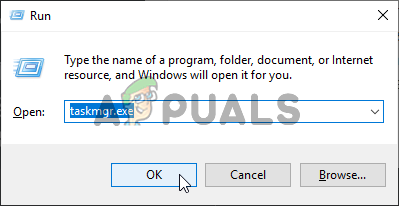
Running the Task Manager - In the Task Manager, click on the “Processes” window and select the “Intel Rapid Storage Technology” process from the list which is using a lot of resources.
- After selecting the process, click on the “End Task” button to prevent the Task from being run.
- Check to see if doing so fixes the issue.
Method 7: Installing an Older Driver.
Most people who encountered this issue on their computers noticed that it only started appearing after they installed an update. Therefore, in this step, we will uninstall the current driver and reinstall an older version of it from the Intel website. To do this:
- Press “Windows” + “R” to open the Run prompt.
- Type in “devmgmt.msc” and press “Enter” to launch the device management window.

Run dialog: devmgmt.msc - In the device manager, click on the Storage Controller option to expand it and right-click on the “Intel Rapid Storage Technology” driver.
- Select the ‘Uninstall Device’ button to remove the driver from your computer.
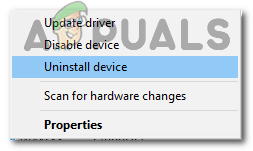
Clicking on the “Uninstall Device” option - Make sure to follow the on-screen prompts to complete the uninstallation process of the driver.
- After uninstalling, open your browser and navigate to this site.
- On this site, click on the “Show More” option to provide some recently published driver updates from intel.
- Download an older version of the driver suitable for the architecture of your Windows.
- After the download finishes, run the executable and follow the on-screen instructions to install it on your computer.
- Check to see if doing so fixes the issue on your computer.
Method 8: Check for any Windows updates.
A Windows Update might just be the solution for you as most updates bring major bug fixes and patches that ultimately should improve the performance on your computer. Therefore, checking for a Windows Update seems like a decent thing to do if you are running into this issue because Microsoft and Intel are aware of this particular problem and might be working to fix it in a recent update. In order to check for updates:
- Press ‘Windows’ + ‘I’ to open the settings.
- In the settings, click on the “Update and Security” option and then select the “Windows Update” button from the left side,

Clicking on the “Update and Security” option - Click on the “Check for Updates” option and let the operating system check for any missing updates on your computer.
- Check to see if the issue is fixed after applying an update,
I have decided to uninstall it. How do I do that?
Press and hold the Windows Key, then press R. Type ‘appwiz.cpl’ and click OK. In the list of installed programs, find ‘Intel Rapid Storage Technology’, double-click on it, and select ‘Uninstall’. This action should uninstall it and stop the process from running. You also have the option to simply disable the service. However, it would be best to uninstall it completely, as it can be reinstalled whenever you want.
Note: After uninstalling, also make sure to clear out the junk files to get rid of any residue from the application,